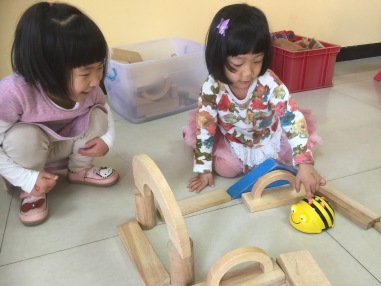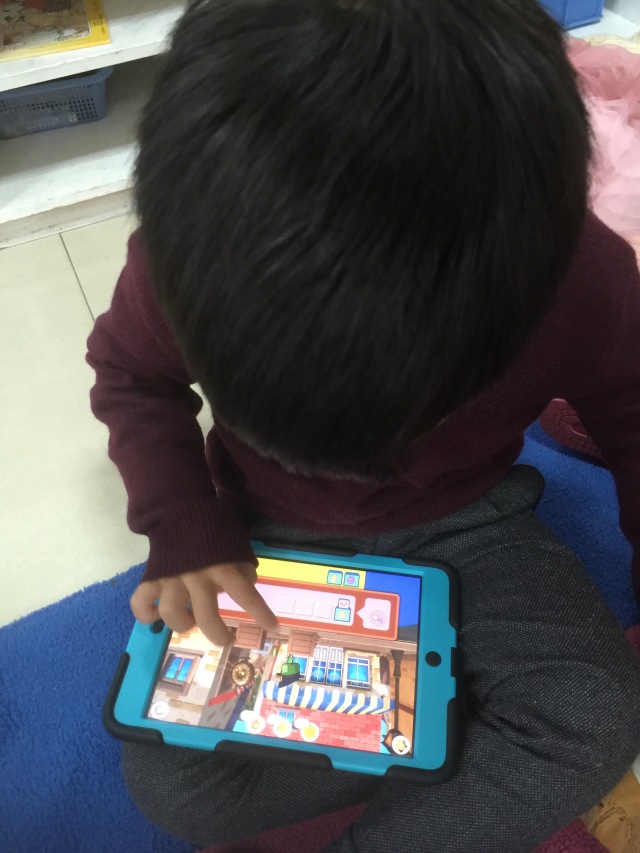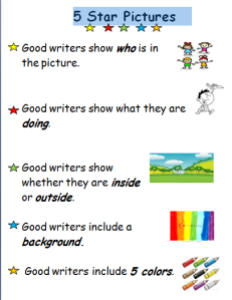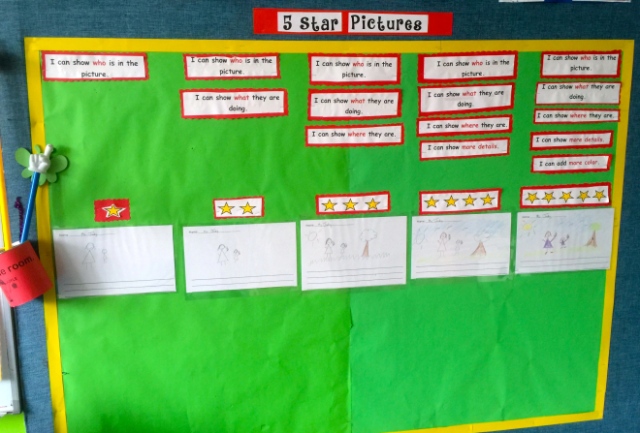Teacher 3.0–keeping our practice current and relevant.
You know the difference between something alive and something dead?–Something alive is growing, while something dead is NOT! With that in mind, it’s really important to continue to develop our understanding of how our student’s learn best and update our teaching practice. For many of us, we need to take a certain number of training courses or attend conferences in order to stay abreast of what is happening and maintain our credentials. But the good news is that nowadays we don’t have to go to bricks and mortar schools or centers in order to learn something new. There are a lot of great online professional development available right in the comfort of your home.
Here is a smattering of some high quality resources and many of them offer certificated courses. Some are for a fee, but most are completely FREE.
Teachers First
What a great resource this is! Not only does it have frequent professional development that is FREE, if you attend a live online event, you can get a certificate for it. Lovely, isn’t it! Also, it has a ton of lesson plans and activities that are designed for 21st century learning. Just can’t beat this one!
Intel Teach Elements
I have taken Intel’s professional development and it was easy to implement in my intermediate grade’s classroom. The topics are very much geared toward blending technology in the classroom and is a terrific resource that is absolutely FREE. (Gosh, I just love that word). The e-learning material generally take more than sitting to complete and you might want to have some of your fellow grade-level/subject team members join you–The content’s that fabulous!
Arizona State University’s Learning Forever!
I have taken very low cost courses through ASU for my teaching license, but they constantly have FREE webinars on topics such as the Common Core and Gifted Education. It doesn’t cost you a thing to join, which makes this very economical.
Other Colleges and Universities with Free Online Courses
I can’t speak directly for these all of these courses but there is an amazing number of colleges and universities that are offering FREE e-learning courses. From MIT to Stanford, the list of reputable universities is substantial, and it covers many topics outside of just education. Many of them will even offer college credit for participating. Very cool, indeed!
SEETA
You have to register (free) in order to attend a web course, but it’s great because the guest presenters are experts and have a range of topics that are offered weekly. Even though this website is from the “South Eastern European Teachers”, the topics are relevant no matter where you teach. It’s great to get a global perspective on best practices, and you are sure to learn something.
Association for School Curriculum and Development
If you don’t have a membership to this, then sign up today. I can’t recommend this enough. It is covers all sorts of topics about American policy and practice, and reports on the latest research. It’s an invaluable resource. As a member, you have numerous free webinars that you can enjoy, and they also offer more substantial online professional development.
Edublogger
Most educators are interested in blogging, so this link is simply for a very cool how to on using blogs for personal use and in your classroom.
Electronic Open Village
This is a yearly event offered through TESOL CALL-IS. They (TESOL) have in-person conferences in America, which focus on Teaching English as a Second Language, but the Electronic Open Village (EVO) has a “Computer-Assisted Language Learning Interest Section, which exists to define issues and standards in the field of computer-mediated language instruction, promote research and development in the area of computer-based language learning and disseminate information about CALL to ESL/EFL educators worldwide.” What does that mean for you?–some really cool and FREE e-learning that is focused on helping our English Language Learners. Who doesn’t need more help in this area? And the best part is that it is geared toward obtaining more technology skills as educators. Yep, check another box. It’s pretty terrific!
Please let me know if you found any of these resources useful for you. Also, feel free to add some other quality lo professional development that you know of–we are all here to learn!
Share and Grow with those you know.
Like this:
Like Loading...





























